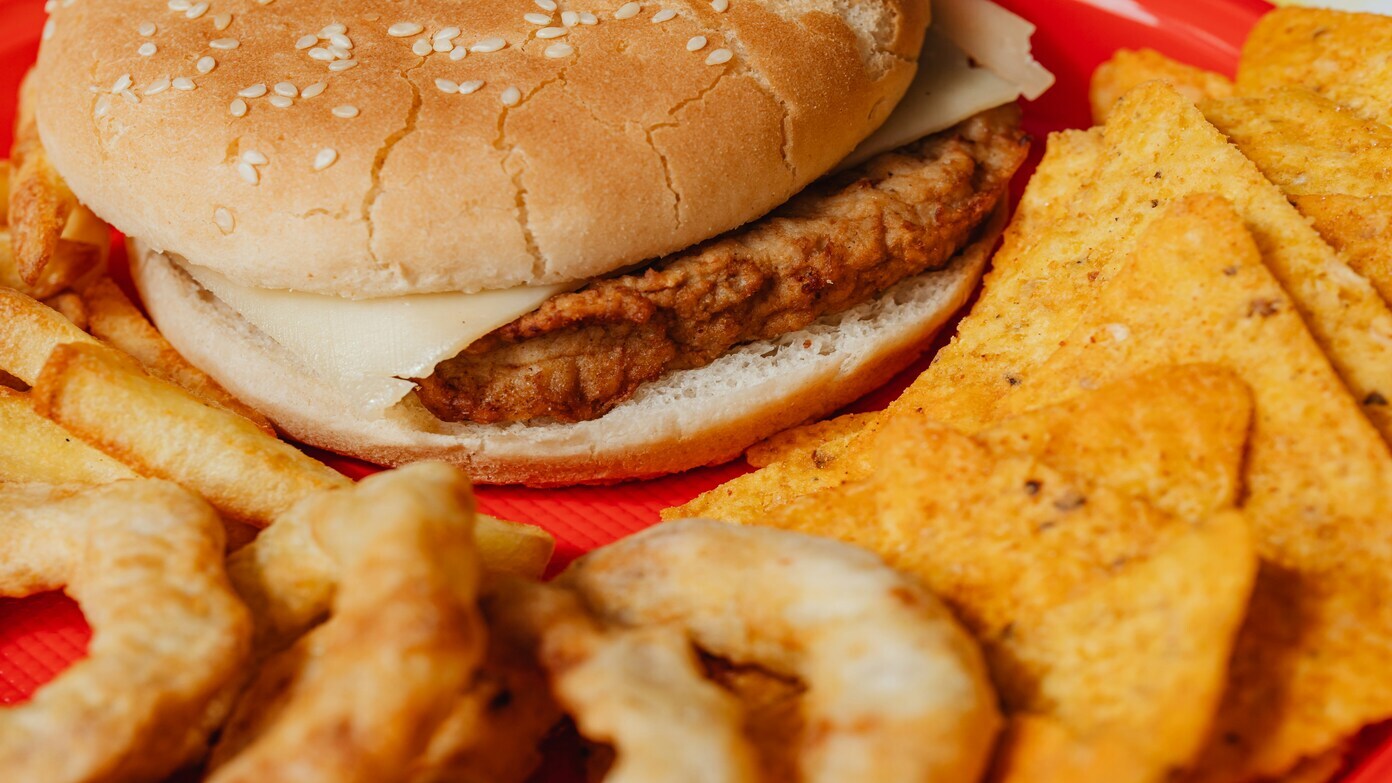Burger King Finally Bends to Its Fans — 1,200 Locations Get a Big Change
For years, Burger King lovers have been saying, “We want more!” And now, the home of the Whopper is actually listening. The fast-food giant has rolled out a major change at 1,200 of its restaurants, and it’s all thanks to one thing: diner demands.
Yes, after a lot of feedback (and probably a few late-night burger cravings from executives themselves), Burger King has officially extended its hours in over a thousand locations across the country. And they’re not shy about why—they want to feed you when your midnight snack cravings hit.
The Boss Who Spilled the Beans
Joshua Kobza, CEO of Restaurant Brands International (RBI)—the parent company behind Burger King, Tim Hortons, Popeyes, and Firehouse Subs—broke the news during the company’s second-quarter earnings call.
RBI, founded in 2014 after a $12.5 billion merger between Burger King and Tim Hortons, now manages some of the most popular fast-food names in the world. And Burger King? It’s a big deal for them, making up around 19% of the company’s overall business.
Kobza said one of RBI’s big priorities is “meeting the needs of today’s value-conscious guests”—and apparently that includes people who want burgers after the sun goes down.
Why the hours matter so much
“Late-night demand is real,” Kobza explained. To meet it, around 1,200 Burger King restaurants have extended their hours by at least an hour compared to last year. That’s a lot of extra time to grab a Whopper, fries, or maybe even those addictively good Chicken Fries.
And Burger King isn’t alone in this move. Fast-food chains everywhere are realizing that late-night hunger is a goldmine. McDonald’s has already pushed closing times to midnight or later at many locations. White Castle says 91% of its restaurants are now open until 1 a.m. or beyond—and most of those run 24/7.
Even IHOP, Denny’s, Jack in the Box, and Whataburger are bringing back round-the-clock hours after scaling back during the pandemic. It seems late-night dining is making a comeback in a big way.
COVID cutbacks are fading away
When the pandemic hit in 2020, many fast-food spots shortened their hours due to staffing shortages and lower traffic. But five years later, the trend is reversing.
For Burger King, this is now the highest level of late-night operating hours since 2020. For customers, it means more flexibility, more convenience, and more “I shouldn’t be eating this at midnight, but here we are” moments.
You might want to read some of this retail news: Good news for McDonaldland lovers: fast food giant revives brand after a 20-year hiatus
Not just about time — It’s about value
But Burger King isn’t just wooing customers with late-night access. They’re also pushing hard on value deals because, let’s face it, eating out isn’t cheap anymore.
RBI has kept Burger King’s $5 Duos and $7 Trios alive, letting customers mix and match from fan favorites like:
- Whopper Jr.
- Original Chicken Sandwich
- Bacon Cheeseburger
- Medium Fries
- 8-piece Chicken Fries
- Medium Soft Drink
These combos are designed for freedom of choice without breaking the bank—something that’s more important than ever as inflation and tariffs squeeze consumer wallets.
The fast-food price war is on
Burger King’s rivals aren’t backing down, either. McDonald’s is still running its popular $5 Meal Deal. Wendy’s has its $5 Biggie Bag. Taco Bell is tempting customers with Luxe Cravings Boxes for $5, $7, or $9.
It’s a full-blown battle for your taste buds and your budget. The message from all of them? “Don’t cook—come here instead.”
Burger King: A few fun facts you might not know
Since we are discussing Burger King, here are a few fascinating facts you may not have heard before:
- Burger King started in 1953 as Insta-Burger King because of a special Insta-Broiler that could cook multiple burgers at once.
- The Whopper debuted in 1957 for just 37 cents.
- The Whopper Jr. was actually an accident—Luis Arenas-Perez had to use smaller buns when the regular ones didn’t arrive in time.
- In Australia, Burger King is called Hungry Jack’s.
- There’s a Burger King in Finland with an actual spa inside.
- BK was the first fast-food franchise to promote a movie—Star Wars Episode IV: A New Hope—in 1977.
Why this change feels like a big deal
This isn’t just about a few extra burgers sold after dark. It’s about Burger King showing that it’s willing to adjust to customer habits instead of expecting them to.
Late-night hours mean a new wave of customers: night-shift workers, students pulling all-nighters, people driving long distances, and yes—folks stumbling out of concerts, clubs, or movie theatres craving a bite.
By extending its hours at 1,200 locations, Burger King is asserting its presence in the late-night food scene and reassuring customers that they are always available, even at 1 a.m.
What’s next for the king?
If this move boosts sales, expect even more Burger King restaurants to follow suit. They may also continue experimenting with menu deals and digital ordering to capture those late-night dollars.
Given the intensifying fast-food competition, don’t be astonished if Burger King intensifies its promotions, offers loyalty rewards, and introduces limited-time menu items to entice customers to return.

